Lake Nakuru National Park was established in 1961 around the renowned Lake Nakuru, close by to Nakuru town. It is one of the two Premium Parks of Kenya and an absolute heaven for bird enthusiasts. Located around 140 kilometres northwest of Nairobi, the reserve can be found in the Nakuru district of the Rift Valley Province.
What is Lake Nakuru known for?
The Park is most famous for its incredible abundance of flamingos that nest along the shores, the number of which usually depends on food and water conditions. One or two million bright pink flamingos feed on the algae from the warm alkaline water in the lake. In return, the droppings from the flamingos sustain the algae. Scientists estimate that flamingos consume 250,000 kilos of algae per hectare per year.
The reserve was initially guarded as a bird haven, with over four hundred species of bird including five world-wide endangered species, and is a crucial stopover for birds during the African-Eurasian Migratory Flyway. Some of the other bird life present in the Park includes African fish eagles, goliath heron hamerkops, pied kingfishers and Verreaux eagle.
View Our Trips that go to Lake Nakuru
Home to the black rhino
The ecosystem of the Park is made up of the lake which is encircled by wooded and bushy plains. The reserve hosts a large range of fauna and flora, including the Black and White Rhino. Lake Nakuru National Park was also the first national Rhino sanctuary and is home to one of the world’s biggest populations of Black Rhino. The size of the Park has newly been increased, in part to supply safety for the threatened Black Rhino.
In order to fully protect these magnificent creatures as well as the Rothschild giraffe and white rhino, and to prevent poaching, the reserve has erected a fence around an area of 188 kilometres. Aside from the various predators that roam the region, including lion, cheetah and leopard, pythons can be found in the lush woodlands and can be spotted making their way across roads or dangling from trees.
The lake itself
One of the main obvious attractions to the Lake Nakuru National Park is Lake Nakuru itself, one of the soda lakes of the Rift Valley that lies 1754 metres above sea level. It is located in the south part of the region and is protected by the Park that holds it. The lake is abundant with algae and consequently attracts millions of flamingos that line the shores, creating a ‘pink fringe’.
The lake also sustains a variety of other animals, such as warthogs, baboons and other big mammals.
Activities in Nakuru
Besides the incredible landscapes, animals and prolific bird life, the Park offers a variety of activities in which to partake. Nakuru Day Tours gives you the opportunity to embark on guided trips through the Park, which provides a lovely relaxed atmosphere during the start of your safari.
The views from the top of the mountain overlooking Lake Nakuru are awe-inspiring. If you are planning on touring this reserve, be sure to pay a visit to Baboon Cliff, which offers guests an outstanding aerial view of the Park. Here, you can observe spirited baboons interacting with their families and wandering around the roads. The new-borns are especially fun to watch as they preen and play with each other.
Other activities available in the reserve include game drives, picnicking, stunning photographic opportunities, Lion Hill and Makalia Falls to name but a few.
What is the best time to visit Lake Nakuru National Park?
The best time to visit Lake Nakuru National Park is during the dry season, from July to October, when wildlife congregates around the lake’s shores, offering optimal viewing opportunities.
Are there accommodation options within the park?
Yes, Lake Nakuru National Park offers a range of accommodation options, including campsites, lodges, and luxury tented camps, catering to various budgets and preferences.
Can I self-drive within the park?
Yes, self-driving is permitted in designated areas of Lake Nakuru National Park. However, it’s advisable to hire a local guide for a more enriching safari experience and to navigate the park safely.
Are there any entrance fees to enter the park?
Yes, there are entrance fees for Lake Nakuru National Park, which vary depending on nationality and vehicle type. It’s recommended to check the latest fee schedule before planning your visit.
Is it safe to visit Lake Nakuru National Park?
Yes, Lake Nakuru National Park is considered safe for visitors. However, it’s essential to follow park regulations, stay on designated trails, and adhere to the guidance of experienced guides to ensure a safe and enjoyable experience.
Head to Kenya to enjoy a tour of Lake Nakuru National Park
10 Top Tips about Lake Nakuru
- Location Lake Nakuru is located in the Great Rift Valley of Kenya, about 160 kilometers (99 miles) northwest of Nairobi.
- National Park Lake Nakuru is part of the Lake Nakuru National Park, which was established in 1961 and covers an area of approximately 188 square kilometers (73 square miles).
- Flamingo Haven Lake Nakuru is famous for its large population of flamingos. The lake’s alkaline waters provide a favorable environment for the growth of blue-green algae, which attracts thousands of lesser flamingos, creating a stunning spectacle of pink hues along the shoreline.
- Rhino Sanctuary Lake Nakuru National Park is home to a successful rhinoceros conservation program. It serves as a sanctuary for both black rhinos and white rhinos, offering protection and an opportunity to observe these endangered species up close.
- Bird Diversity Besides flamingos, Lake Nakuru is a haven for over 450 bird species. The lake attracts numerous water birds, including pelicans, cormorants, herons, and various migratory species, making it a paradise for birdwatching enthusiasts.
- Varied Wildlife Lake Nakuru National Park is not just about flamingos and rhinos. The park is home to a diverse range of wildlife, including giraffes, zebras, buffalos, impalas, baboons, vervet monkeys, and elusive leopards.
- Changing Water Levels The water levels of Lake Nakuru can vary significantly due to factors such as rainfall patterns and evaporation rates. This fluctuation affects the abundance of algae and, consequently, the presence of flamingos in the area.
- Alkaline Lake Lake Nakuru is an alkaline lake, meaning it has high levels of alkaline minerals. This alkalinity is attributed to volcanic ash deposits from nearby volcanic activity.
- Scenic Surroundings Lake Nakuru is set amidst picturesque surroundings, with scenic landscapes and hills surrounding the lake. Baboon Cliff, located along the lake’s eastern shore, offers stunning panoramic views of the lake and its wildlife.
- Conservation Challenges Lake Nakuru faces conservation challenges, including water pollution, habitat degradation, and human-wildlife conflict. Efforts are being made to address these issues and ensure the long-term sustainability of the lake and its ecosystem.
Lake Nakuru’s unique combination of flamingos, rhinos, diverse birdlife, and scenic beauty make it a remarkable destination for nature lovers and wildlife enthusiasts. Exploring the park’s diverse habitats and observing the interactions between animals and their environment is a memorable experience.
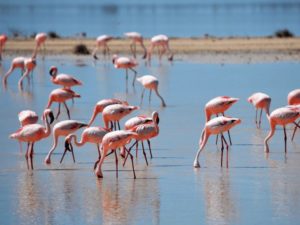
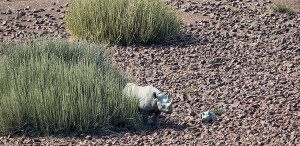
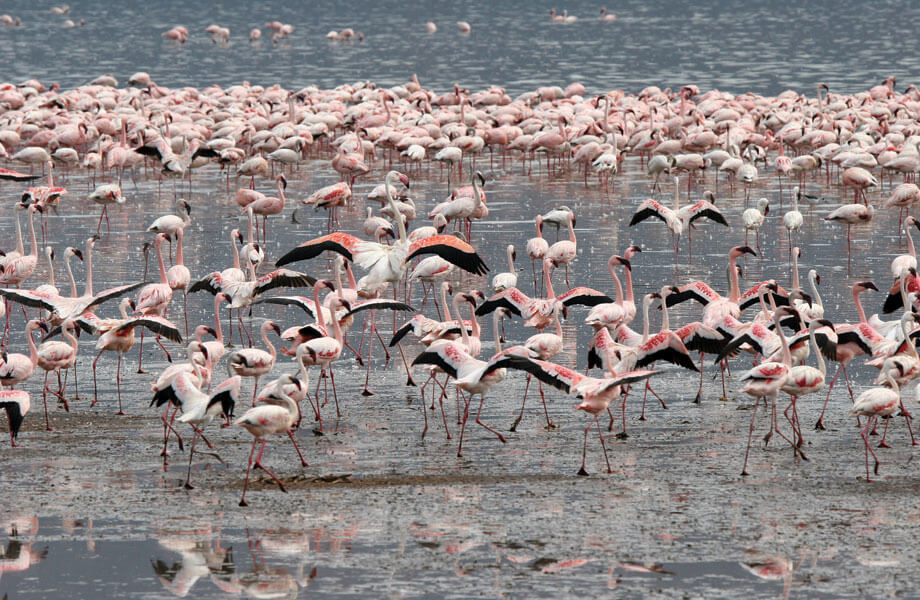
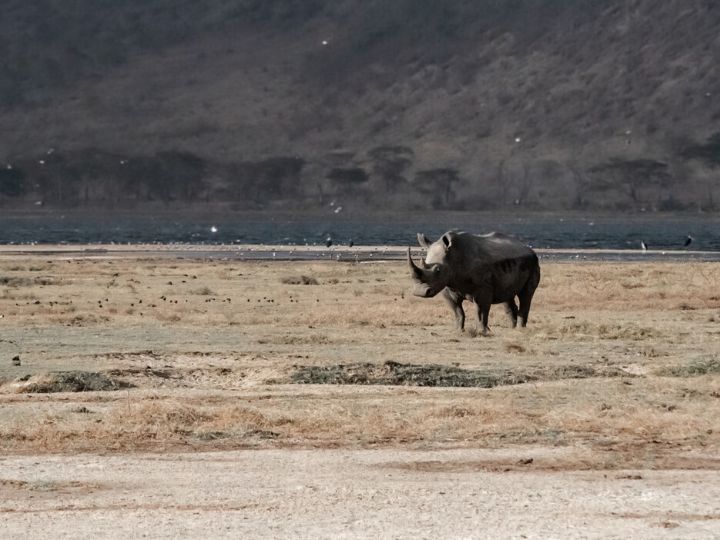


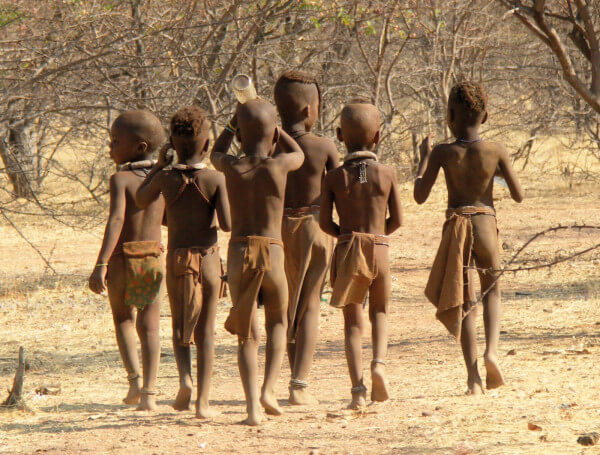
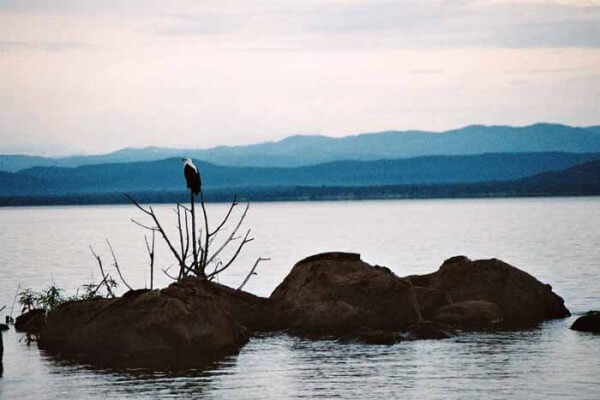

0 Comments